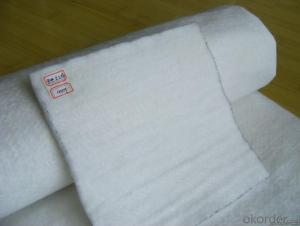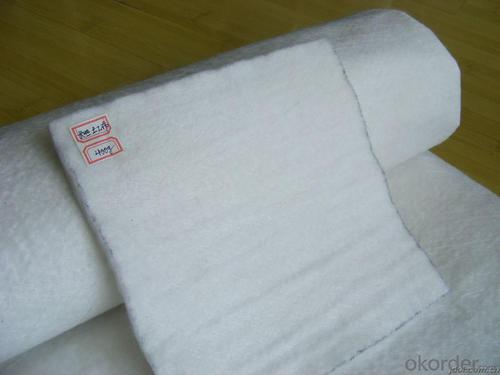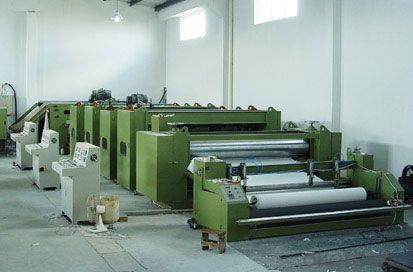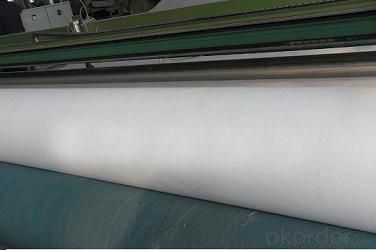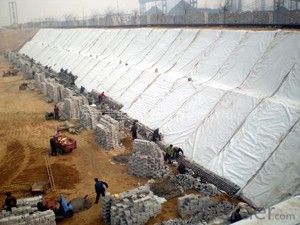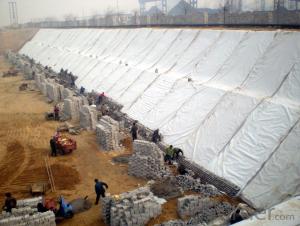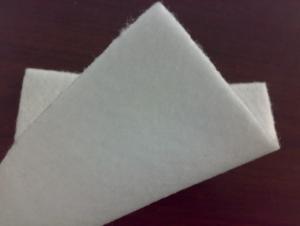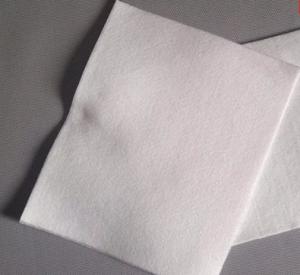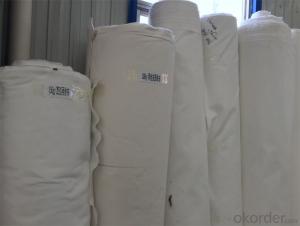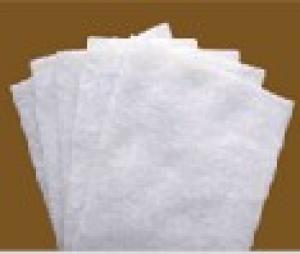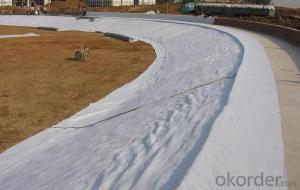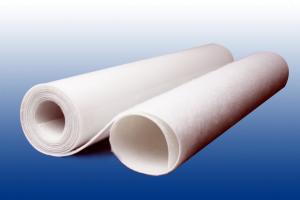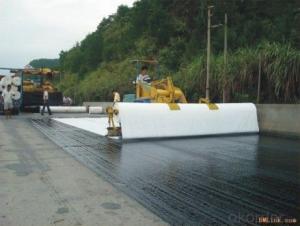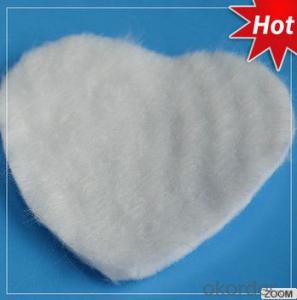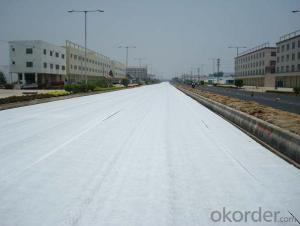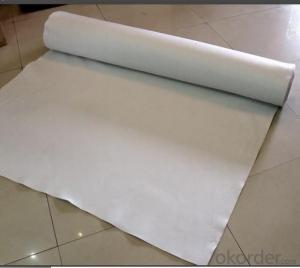Geotextil Pavco Needle Punched Polyester Nonwoven Geotextile Fabric
- Loading Port:
- Qingdao
- Payment Terms:
- TT OR LC
- Min Order Qty:
- 10000 m²
- Supply Capability:
- 300000 m²/month
OKorder Service Pledge
OKorder Financial Service
You Might Also Like
Description Of Needle Punched Polyester Nonwoven Geotextile Fabric:
We have own lines to produce lower weight to 80gsm by needle punched, the main width is within 240cm or to 800cm:
Main Features of Needle Punched Polyester Nonwoven Geotextile Fabric:
1.100% pet
2.Width:58"
3.Basic weight: 80-500gsm
4.Color various
| material | 100% polyester |
| width | 58", or as customized |
| weight | 80gsm-500gsm |
| color | white color is mainly, other colors can provide accordingly |
| pattern | dyed |
| style | plain |
| nonwoven technics | Needle punched |
| feature | eco-friendly, anti-static, breathable, tear-resistant |
| application | widely used in the reinforcing, lamination material, hometextiel, packing, interlining, construction, filtering, mattress, etc. |
| payment | T/T or L/C |
Specifications of Needle Punched Polyester Nonwoven Geotextile Fabric:
1.woven geotextile(reinforced geotextile)
2.Materials:PP
3.Tensile strength:15~100kn/m
4.Unit weight:100~400g/m2
5.Width:1 ~ 6m
Applications of Needle Punched Polyester Nonwoven Geotextile Fabric:
While the nonwoven fabric can be used in almost any stabilization,separation or cushioning application,they are most commonly used in areas that also require filatration.The non woven design of the material provides a higher rate of flow through,making it easier for water to pass through the material.
Some commen uses of the material includes the following:
1.Road stabilization applications
2.Roofs
3.Civil applications
4.Railway work
5.Landfill lining
6.Trenches
7.Dams
8.Fitration under rip rap and rocks
9.Environmental applications
IMages of Needle Punched Polyester Nonwoven Geotextile Fabric:
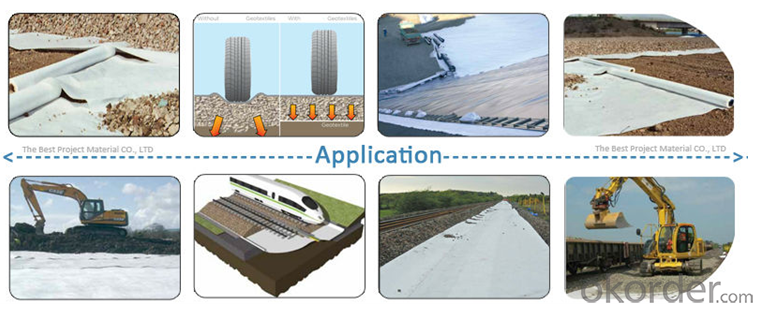
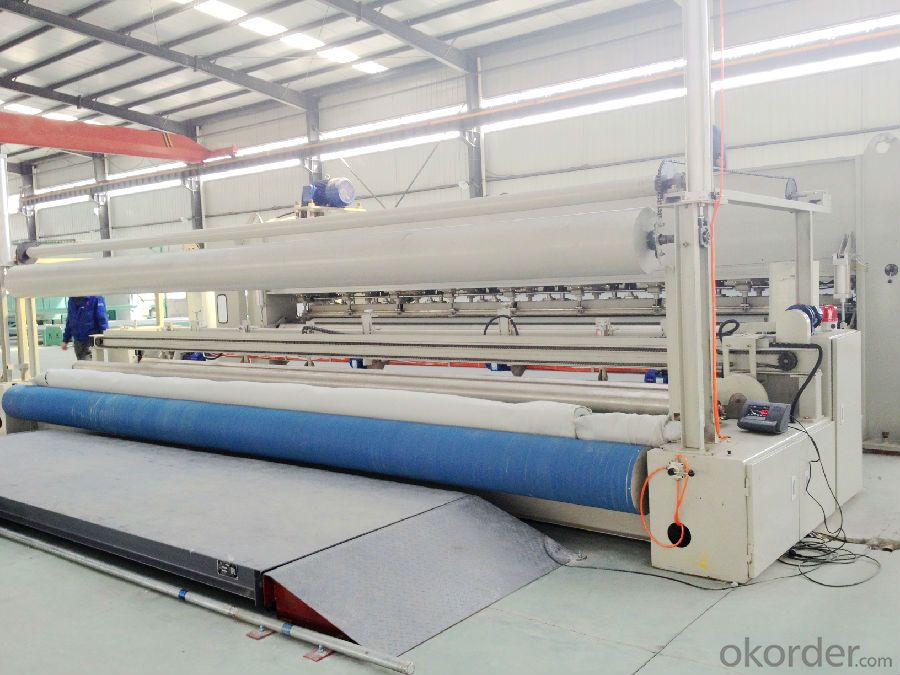
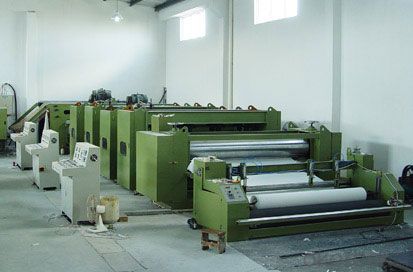
FAQ:
1. Do you supply free samples for customers?
Yes,we will supply free samples for you.Please send your address for us.
2. How Many years experience do you have?
We have been exported to more than 20 countries in the past 15 years.
3. How long do we usually reply your request?
We always reply our customer within 24 hours.
- Q: Is the case, we detect the company now want to engage in expansion (that is, increase the test items), the need for material to do qualification certification. But I have not done before, do not know their own data done unreasonable. Take the data mainly for reference, know the approximate range of the various parameters. Question added: it is best to have data logging source and derivation formula to support the reasonableness of this result, thank you! More
- Hello, can only help you this, do not know useful to you useless factory production geotextile geomembrane drainage board
- Q: Are geotextiles suitable for use in waste containment systems?
- Yes, geotextiles are suitable for use in waste containment systems. They are commonly used as liners or covers in landfills and other waste management facilities to prevent the migration of contaminants and control leachate. Geotextiles provide filtration, separation, and reinforcement properties that enhance the overall performance and longevity of waste containment systems.
- Q: 300g / m2 geotextile package is what it means
- 300g / m2 Geotextile: refers to the weight of 300g per square meter (model) 300g / m2 geotextile package: refers to the outsourcing; with 300g of geotextile to wrap something; for example: With 300g / m2 geotextile wrapped gravel. The
- Q: How do geotextiles improve the performance of geonets?
- Geotextiles improve the performance of geonets by enhancing their filtration and separation capabilities, preventing soil particles from clogging the geonets. They also provide additional support and reinforcement to the geonets, increasing their load-bearing capacity and stability.
- Q: Can geotextile be used as an insulation film?
- Yes, the company produces the country, the best quality geotextile materials, for example, long, short wire geotextile. Geotextile composite film. All kinds of grille, waterproof board and so on. Short wire geotextile prices, geotextile composite film specifications and other quality and cheap! The The Welcome to call to discuss, 0534-. Xujing Li.
- Q: Can geotextiles be used in geogrid reinforced retaining walls?
- Yes, geotextiles can be used in geogrid reinforced retaining walls. Geotextiles are often used as a separation layer between the retained soil and the geogrid reinforcement to prevent soil particles from passing through the geogrid openings and to enhance the overall stability and performance of the wall.
- Q: Can geotextiles be used in retaining wall drainage systems?
- Yes, geotextiles can be used in retaining wall drainage systems. Geotextiles are commonly used as a filter to prevent soil erosion while allowing water to pass through. In retaining wall drainage systems, geotextiles can be installed behind the wall to prevent the clogging of drainage pipes and promote efficient water flow, reducing hydrostatic pressure and preventing damage to the wall.
- Q: What are the maintenance requirements for geotextile installations?
- The maintenance requirements for geotextile installations typically involve regular inspections to ensure proper functioning and longevity. This may include removing any accumulated debris or sediment that could hinder its performance, checking for any signs of damage or wear, and addressing any issues promptly to prevent further deterioration. Additionally, periodic testing and evaluation of the geotextile's performance may be necessary to ensure it is meeting the desired objectives.
- Q: 300 grams of non-woven geotextile piercing strength is how much
- First of all, according to what you said 300g non-woven geotextile should be polyester staple fiber non-woven geotextile. Polyester staple fiber non - woven geotextile implementation of the national standard GB / T - 2008 standard. According to GB / T-2008 standard anti-puncture strength (standard is CBR burst strength) requirements, 300g national standard geotextile anti-piercing strength should be ≥ 1.5KN.
- Q: How do geotextiles help in preventing soil erosion in agricultural fields?
- Geotextiles help prevent soil erosion in agricultural fields by acting as a barrier between the soil and the erosive forces such as water and wind. They provide stabilization and reinforcement to the soil, reducing the risk of erosion. Additionally, geotextiles improve water infiltration, reduce surface runoff, and enhance soil moisture retention, promoting healthier plant growth and preventing soil loss.
Send your message to us
Geotextil Pavco Needle Punched Polyester Nonwoven Geotextile Fabric
- Loading Port:
- Qingdao
- Payment Terms:
- TT OR LC
- Min Order Qty:
- 10000 m²
- Supply Capability:
- 300000 m²/month
OKorder Service Pledge
OKorder Financial Service
Similar products
Hot products
Hot Searches
Related keywords
